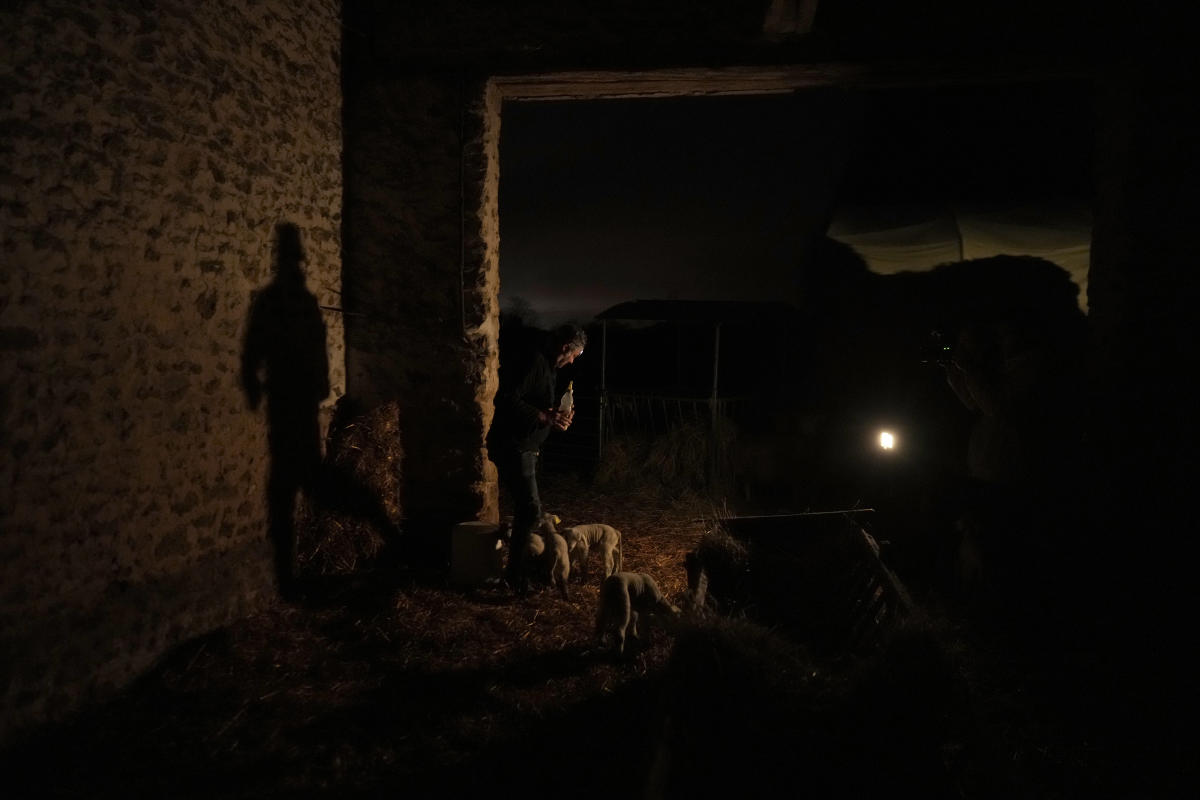Jan. 10—The sudden turn of weather toward below-freezing temperatures could pose damage to some winter wheat and canola crops that have gotten an early start.
Doug Finkelnburg, University of Idaho-Nez Perce County Extension educator, said Tuesday that crops without an insulating layer of snow to protect against this week’s expected frigid zone could suffer some damage.
Inland Northwest forecasters say Friday is when below-zero temperatures (with the wind chill factored in) will arrive in the area. The Palouse could see those negative readings, and even the temperate Lewiston-Clarkston Valley might dip into the single digits this weekend, according to the National Weather Service at Spokane.
“This has been an open winter and we have had warm enough conditions that the winter crops have been growing,” Finkelnburg said. “With the cold snap, there’s the hazard that uncovered crops might be affected by a rapid change in temperature.”
Finkelnburg pointed out that the crops grown in this dryland area of north central Idaho and southeastern Washington are generally hardy enough to withstand variations in weather.
“I’m not overly concerned,” he said, “but I’m in a wait-and-see mode.”
Winter wheat and canola were planted in the fall and are the first cereal crops to be harvested in this area, usually beginning in late June or early July.
Spring crops are planted after the ground thaws and are more dependent upon late spring and early summer rain to reach maturity.
Finkelnburg said the winter crops planted last fall “had a very good and even emergence across the region. Fall conditions were pretty optimal and the crops looked really good going into winter.”
He said it’s too early to speculate on the conditions that might affect the 2024 crop results. But one worry is the continued lack of ground moisture. According to the latest report from the U.S. Drought Monitor issued last Friday, most of this area is considered abnormally dry or in moderate drought conditions.
This has been the status quo for some time, the drought monitor reported.
“We’re in drought conditions and if the drier-than-normal pattern continues, that could put downward pressure on field expectations for the coming year,” Finkelnbug said.
“We don’t know what we don’t know. We haven’t been so far above normal that crops are in peril, but there’s always a hazard and that could lead to a bad outcome.”
The National Agricultural Statistics Service reported that the average temperatures in Idaho and Washington were above normal for the month of December. Accumulated precipitation was normal to below normal across most of Idaho with an absence of snow.
Beef cattle started to calve with favorable conditions and hay stocks were adequate, the service said.
A small amount of snow was recorded toward the end of the month in Washington, and Asotin and Garfield counties received a lot of rain with some snow at higher elevations.
Many cattle were moved to feedlots for the winter and those still on pasture were being supplemented with extra feed. Vegetable and fruit producers used the mild winter to clean up and prepare fields, orchards, vineyards and hopyards for the next season. Tree and vine pruning also took place over the month.
Hedberg may be contacted at khedberg@lmtribune.com.
Signup bonus from





